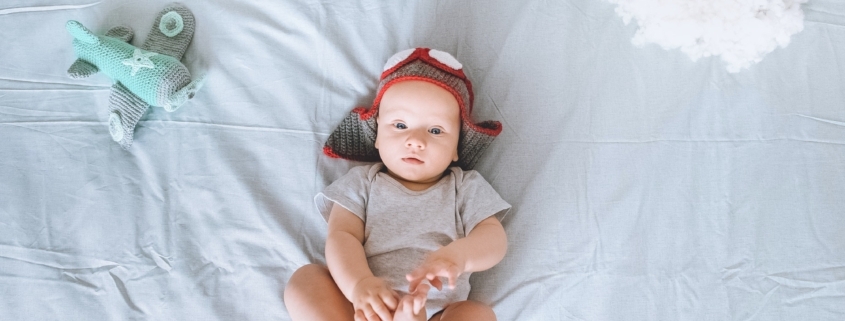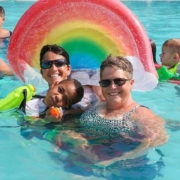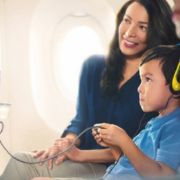How Much Breast Milk Can I Fly With? What Are the Security Rules?
Flying with breast milk? There are special rules and requirements for you, but it can be done. Here’s how to bring breast milk onto a flight.
The Transportation Security Administration says anyone may take a “reasonable” amount of breast milk and formula (as well as juice for toddlers) aboard an airplane even if they exceed the usual liquid limit of 3.4 ounces (100 milliliters).
What “reasonable” means, however, is determined by the TSA agent.
The following procedures for U.S. airports help ensure that you and your baby can fly with your milk.
- Ahead of time, pack your breast milk in a separate carry-on.
- Be sure to allow extra time to go through security. At the checkpoints, inform the TSA staff that you are carrying breast milk. (You are not required to declare breast milk if you are transporting it in your checked luggage.)
- Decide whether you want your milk to be X-rayed. Fresh and solidly frozen milk can go through the screening device. Although the Food and Drug Administration states that the X-rays do not negatively affect liquids, many moms, especially those making connections that may require multiple security checks, request that their breast milk not be scanned. That’s your right. Ask the TSA officer handling the milk to put on a fresh pair of gloves. If a small amount of milk must be poured into a special container for testing, they will request that you do this.
- You may bring breast milk aboard a plane even without a baby, so don’t worry if you merely need to transport some milk or express it while you are away from your infant.
- Since most U.S. airlines consider breast pumps and breast milk coolers to be medical devices, those items aren’t typically included in your hand luggage count, although it’s wise to check your carrier’s policies. Remember that international airports may have different rules, so check their procedures ahead of time.
- As a result of the Friendly Airports for Mothers Act signed into law October 2018, all medium and large U.S. airports are required to furnish lactating mothers with private rooms with a table, a chair, an electrical outlet, and a door that locks. Some airports have met the rule by installing enclosed Mamava cabins. Ask at the info desk if the airport has a private space, or check the Mamava locator app to see if there is a unit at the terminals you’ll be visiting.


 Frommers.com
Frommers.com Frommers.com
Frommers.com
 Kathy Valentine
Kathy Valentine Frommers.com
Frommers.com Frommers.com
Frommers.com Creators Syndicate
Creators Syndicate Frommers.com
Frommers.com